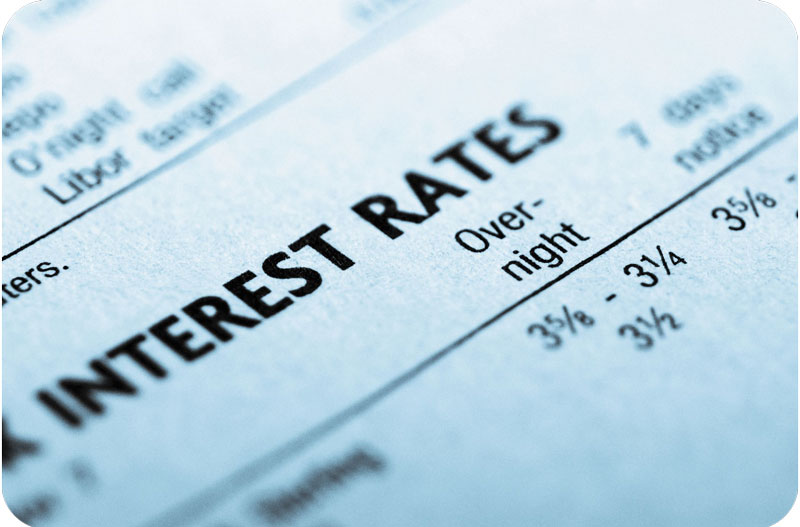The significant proportion of principal charged by the lender for the use of its finances is referred to as the interest rate. The amount of cash loan is referred to as the principal.
The pricing of loans is influenced by interest rates. As a consequence, they have the ability to either accelerate or slow the economy. The Federal Reserve controls interest rates in order to achieve optimal economic growth.
What is an Interest rate?
There are two types of interest rates. An interest rate is charged on loans, and a rate of interest is charged on savings. The basis for determining this rate is the percentage of money that has been loaned or saved.
When you take out a mortgage, you are essentially borrowing money from financial institutions. Loans for automobiles, appliances, and education are just a few examples of the types of loans that can be obtained.
A bank will charge interest on the money you deposited in exchange for the usage of that money. Banks borrow money from you in the form of deposits, which you pay back to them. Deposits are used to finance loans, which are then repaid.
Currently, there is just a slight variation in interest rates between depositors and lenders. The disparity in profit is what drives them to do what they do. As long as banks compete for both depositors and borrowers, a tight band of interest rates is likely to be maintained over the long term.
The factors which influence the interest rate
Interest rates fluctuate depending on the following factors:
The government's instructions to the central bank in order to achieve the government's objectives
Loaned or borrowed money in a certain currency for the duration of the investment's term.
The presumed standard likelihood of the borrower.
Supply and demand in the market
The amount of collateral
Special features such as call provisions
Reserve requirements
Compensating balance
As well as other elements are considered.
What is monetary policy?
Investment, inflation, and unemployment are all factors that influence interest rate targets, which are taken into consideration when dealing with variables such as these. When a country's central bank wants to encourage more consumption and investment in the economy, it is common for them to lower interest rates. While a low interest rate as a macroeconomic policy can be beneficial, it can also be dangerous, as it can result in the construction of an economic boom, in which massive quantities of money are pumped into the real estate and stock markets. In developed economies, interest-rate changes are made in order to keep inflation within a target zone for the safety of economic activities, or the interest rate is capped concurrently with economic growth in order to maintain economic momentum, as appropriate.

High interest rates vs. low interest rates:
Borrowing money becomes more expensive when interest rates are high. In times of high interest rates, fewer individuals and businesses are able to borrow money. As a result, the quantity of credit offered to people to fund purchases decreases, causing consumer demand to drop. The increase in savings rates, on the other hand, makes people more likely to save because they earn a higher profit on their investments. High interest rates also restrict the amount of money available for business expansion, resulting in a reduction in supply. The economy is slowed as a result of the reduction in liquidity.
Low interest rates have the inverse effect on the economy, and vice versa. Low mortgage rates have the same impact as low house costs in that they increase demand for real estate. The rate of return on savings is decreasing. When savers discover that they are earning less interest on their accounts, they may decide to spend more of their money. They might also invest their money in assets that are marginally riskier but more rewarding, which would result in a rise in stock prices.
What are APY and APR?
Annual percentage rates (APR) are frequently used to express interest rates on consumer loans (APR). For the privilege of borrowing money from a lender on a regular basis, borrowers must pay interest at this rate. As an illustration, consider a credit card with an annual percentage rate (APR) of 1.5 percent. Annual percentage rate (APR) is 4% for the mortgage or borrower in our previous example. Compound interest for the year is not included in the annual percentage rate (APR).
Interest generated on a savings account or CD at a bank or credit union is known as annual percentage yield (APY). This rate of interest takes into consideration the effect of compounding.



